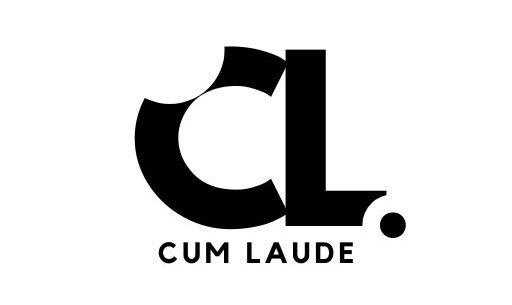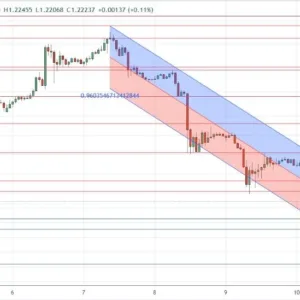Markets roiled on Wednesday but mostly stuck within tight ranges as investors gear up for a hectic release schedule ahead of Friday’s key US NFP jobs print.
Bạn đang xem: Back half of the week brings key datapoints as NFP looms ahead
Here’s what you need to know heading into Thursday, January 9:
The US Dollar Index (DXY) explored higher ground on Wednesday as tepid investor sentiment kept one foot solidly in the safe haven Greenback. However, traders are proving to be unwilling to tilt too far in either direction, stopping short of pushing the DXY into fresh 26-month highs. A raft of speeches from Federal Reserve (Fed) policymakers await traders on Thursday, as well as Challenger Job Cuts for December, which will serve as the last punch of Nonfarm Payrolls (NFP) preview data before the bumper labor print on Friday.
FOMC Minutes show officials weigh in potential changes to trade and immigration policies
Xem thêm : China tightens rules on cryptocurrency and forex trading
EUR/USD is back testing the 1.0300 handle after flubbing a near-term bullish recovery. The pair is one bad day away from touching the 1.0200 level for the first time in over two years, and Euro traders will be hoping for an upside swing in pan-EU Retail Sales figures for the year ended in December, due early Thursday, but not until after German Industrial Production figures kick off the European trading session.
GBP/USD tested a fresh nine-month low on Wednesday, tapping 1.2320 as the UK side of the economic calendar remains thin and Cable traders struggle to find the buy button. One last bearish push into the low side will see GBP/USD crossing below 1.3200 and setting fresh 14-month lows.
AUD/USD traders have an unwieldy data schedule to contend with on Thursday. Australian Retail Sales figures for November are due early in the Antipodean session, which are expected to swing upwards, while Australia’s Trade Balance is expected to contract slightly. China will follow-up with its own data release, which could see knock-on impacts for the Aussie. Chinese Consumer Price Index (CPI) inflation for December is expected to cool to next to flat.
USD/JPY continues to grind its way higher as the Bank of Japan (BoJ) struggles to find a way to overcome the Yen’s wide interest rate differential that doesn’t involve raising interest rates. USD/JPY hit multi-decade highs last summer, and the BoJ’s efforts to directly intervene on the Yen’s behalf has turned out to be not only exorbitantly expensive, but also temporary. The pair is up almost 14% after reaching a technical bottom near 140.00 in September.
Fed FAQs
Monetary policy in the US is shaped by the Federal Reserve (Fed). The Fed has two mandates: to achieve price stability and foster full employment. Its primary tool to achieve these goals is by adjusting interest rates. When prices are rising too quickly and inflation is above the Fed’s 2% target, it raises interest rates, increasing borrowing costs throughout the economy. This results in a stronger US Dollar (USD) as it makes the US a more attractive place for international investors to park their money. When inflation falls below 2% or the Unemployment Rate is too high, the Fed may lower interest rates to encourage borrowing, which weighs on the Greenback.
Xem thêm : NBE Pauses Independent Forex Bureau Licensing Pending Evaluation
The Federal Reserve (Fed) holds eight policy meetings a year, where the Federal Open Market Committee (FOMC) assesses economic conditions and makes monetary policy decisions. The FOMC is attended by twelve Fed officials – the seven members of the Board of Governors, the president of the Federal Reserve Bank of New York, and four of the remaining eleven regional Reserve Bank presidents, who serve one-year terms on a rotating basis.
In extreme situations, the Federal Reserve may resort to a policy named Quantitative Easing (QE). QE is the process by which the Fed substantially increases the flow of credit in a stuck financial system. It is a non-standard policy measure used during crises or when inflation is extremely low. It was the Fed’s weapon of choice during the Great Financial Crisis in 2008. It involves the Fed printing more Dollars and using them to buy high grade bonds from financial institutions. QE usually weakens the US Dollar.
Quantitative tightening (QT) is the reverse process of QE, whereby the Federal Reserve stops buying bonds from financial institutions and does not reinvest the principal from the bonds it holds maturing, to purchase new bonds. It is usually positive for the value of the US Dollar.
Nguồn: https://cumlaude.fun
Danh mục: News






